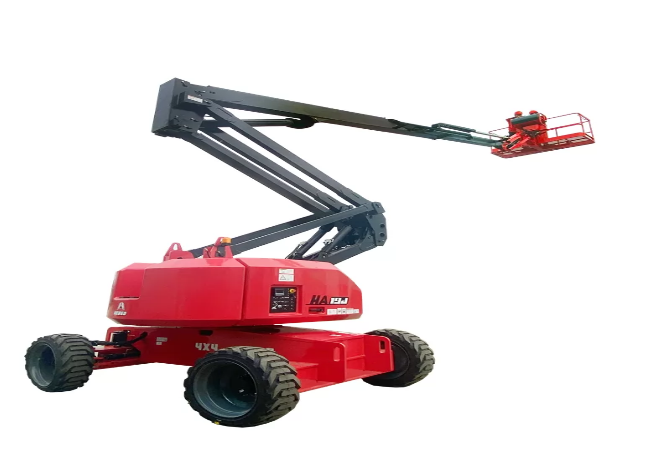What You Must Know When You Buy a Boom Lift
The right tool can make all the difference, especially when purchasing a boom lift. These aerial lifts are highly versatile, offering both horizontal and vertical reach. Commonly used in construction and outdoor projects, boom lifts provide a greater reach than scissor lifts. When selecting the ideal model, it’s essential to weigh the benefits and drawbacks of each type. Given the significant investment, thorough research is crucial before making a decision.
Options to Consider When Buying a Boom Lift
When purchasing a boom lift, you’ll have several options to choose from. Some of the most popular types include:
Self-Driving Boom Lift
This is the largest type of boom lift, requiring an operator to drive the vehicle from the basket.
Towable Boom Lift
Lightweight and affordable, a towable boom lift doesn’t require a drive engine or chassis, making it one of the more cost-effective options.
Telescoping Boom Lift
Ideal for reaching extreme heights, telescoping boom lifts can extend up to 200 feet.
Articulating Boom Lift
With unfolding layers for enhanced basket maneuverability, an articulating boom lift is perfect for accessing tight or hard-to-reach areas.
When buying a boom lift, it’s important to evaluate the pros and cons of each type. Once you’ve determined the best fit for your needs, you can confidently move forward with your purchase.
Considerations for Your Boom Lift Purchase
Buying a boom lift is much like purchasing a car. While aerial lifts are used for industrial applications and cars for personal use, the goal is the same: finding the right fit for your needs. Here are some key factors to consider when selecting an aerial lift:
1. Terrain
Some aerial lifts are designed for rough terrain construction sites, while others are intended for mostly indoor use. Failing to consider the ground surface could lead to overpaying for a boom lift or compromising safety.
2. Load/Lifting Requirements
Consider whether your boom lift will lift just a worker with light equipment or if it needs to handle heavier loads. Pay attention to the lift requirements of any potential purchase. A helpful tip: review the manufacturer’s operating manual to ensure their specifications match your needs.
3. Height
Some aerial lifts can reach up to 180 feet! However, don’t base your decision solely on height. Assess your typical reach requirements before purchasing to avoid overpaying for a lift that exceeds your job site’s needs.
4. Longevity
With proper care and regular maintenance, a boom lift can last around 30 years. Thus, it is crucial to implement a boom lift care and maintenance program. This will allow you to identify and address boom lift issues before they cause long-lasting damage. It also ensures that you can avoid boom lift accidents caused by a malfunctioning lift.
5. Power Source
- Boom lifts are available with electric, diesel, or hybrid engines. Electric-powered lifts are quieter and more environmentally friendly, ideal for indoor or low-emission areas.
- Diesel-powered lifts offer more power and are better suited for outdoor or rugged environments.
- Hybrid options combine both power sources, offering versatility.
6. Safety Features
- Ensure the lift has necessary safety features, including stability sensors, emergency lowering systems, fall arrest systems, and non-slip platforms.
- Features such as tilt sensors and overload alarms help prevent unsafe operations.
7. Cost of Ownership
- The upfront cost is just one part of the equation. Consider the cost of fuel or electricity, maintenance, insurance, and possible repairs over the lift’s lifespan.
- For long-term use, it may be more cost-effective to purchase a lift, while short-term projects may benefit from renting.
By keeping these factors in mind, you can make an informed decision when purchasing a boom lift that best suits your project requirements.





